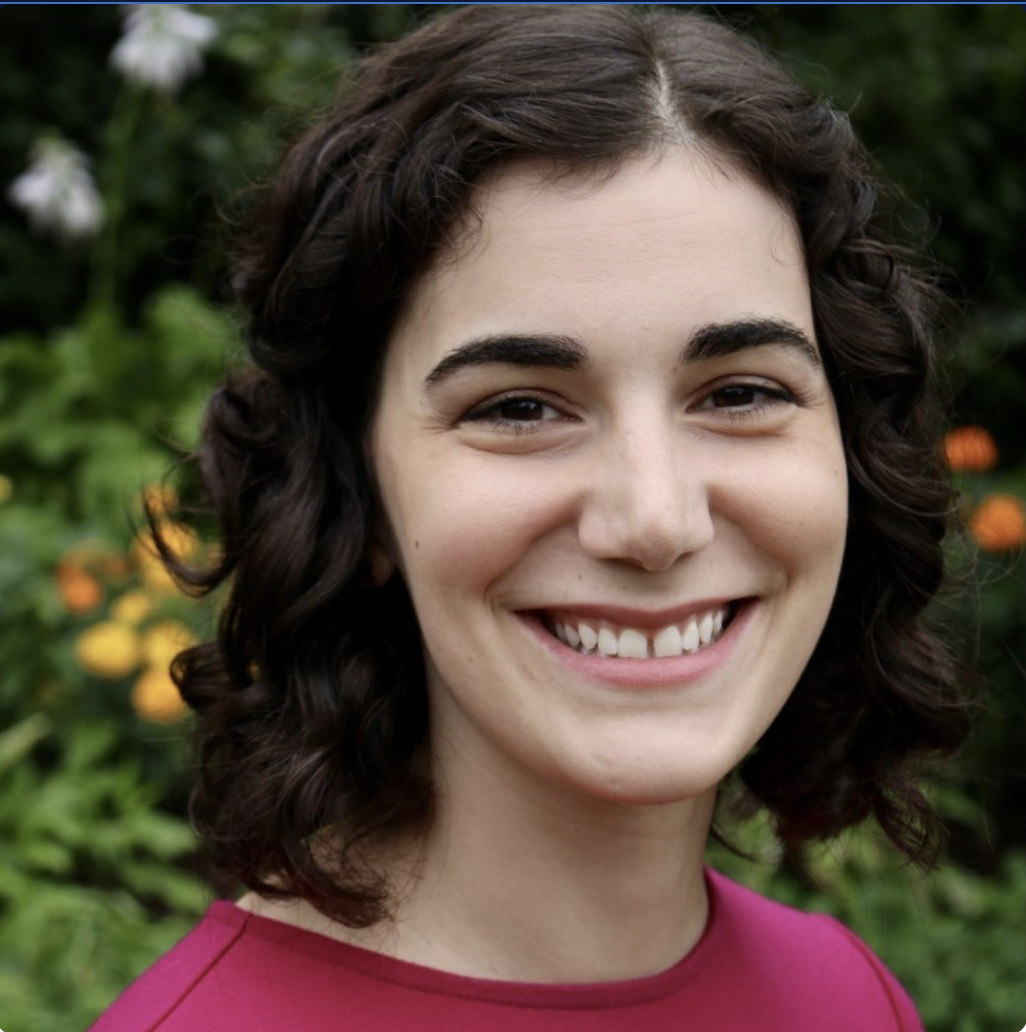Rowhea Elmesky’s new research explores how anti-Blackness explains the hyper-disciplining of Black students — and changes educators can make.
A teacher’s description of an in-class movie screening was one of the catalysts that made Rowhea Elmesky, associate professor of education, and colleague Olivia Marcucci, then a WashU graduate student, reconsider their initial assumptions about discipline disparities in schools.

The two had been invited into a local high school to help teachers and administrators understand why Black students were being disciplined at higher rates than white students. While Black students made up 89% of the student body, they represented 97% of the discipline referrals. Meanwhile, white students — about 8% of the student population — received only 1% of referrals. The school wanted to change and asked the two researchers to help by performing a cultural evaluation.
Elmesky and Marcucci, now an assistant professor at Johns Hopkins University, relied on critical ethnography, a longitudinal approach to research designed to both document and change oppressive practices. Focus group discussions with teachers and students helped get to the heart of the issues. In these groups, they heard some of the majority-white teaching staff discuss how they punished students for talking during in-class movies, explicitly labeling the behavior as “African American.”
The researchers initially attributed the uneven discipline rates to the “cultural mismatch theory,” the common idea that a mostly white teaching force will misinterpret the behavior of Black students in light of the dominant group’s cultural expectations. But as they engaged more deeply with teachers and students, Elmesky and Marcucci found the explanation lacking.
Their paper, published in the American Educational Research Journal in August, analyzed vignettes from the school to show that these experiences weren’t simple cases of mismatched cultural practices, but rather a dehumanization of Black students through control of their bodies and behaviors. This practice of systemic anti-Blackness “asserts that Blackness — and therefore all that is associated with it — is denied humanity.”
Elmesky and Marcucci’s critique of the movie-watching vignette showed how the Black students’ nondominant, mismatched cultural habits were penalized specifically because of their associations with Blackness. In focus groups, the explicit use of racial language highlighted the ways that a culture of anti-Blackness can be perpetuated by teachers’ discourse.

The researchers found other examples of anti-Blackness in the school, too. These included school signs that devalued the ways Black students dressed, a general mistrust of Black students during bathroom breaks, and a teacher who suspected a Black student of plagiarism when her writing improved after her parents got her a writing coach.
Though their paper did not focus on the link specifically, Elmesky said she sees a connection to the American criminal justice system. “It’s safe to say that the ways in which anti-Blackness can permeate the policing of Black individuals in the carceral system can be found in similar patterns in schools that have predominantly Black students,” she said. Schools in predominantly Black communities generally exert more control over students than those with majority white students. This could include enforcing silent lunches or recesses, or restricting students from moving freely in PE classes.
Elmesky said the research method of critical ethnography was essential to her work. “It’s a methodology that calls not just for the documentation of oppression, but for transformation and change,” she said. “It’s essential to who I am as a person, educator and researcher.”
Elmesky advocates for the development of more university-school research partnerships that are driven by school district needs. She is grateful that the school in this study initiated this research collaboration. They welcomed researchers’ insights even though they could reveal their community’s shortcomings. In the decade she’s worked with the school, Elmesky has engaged in co-participatory techniques, and they’ve made great strides. “They’ve been open, and they have continued to be focused on how to make the very best possible environment for their students,” she said.
And Elmesky’s recent paper reflects positive trends, too. Their research offered the example of one teacher who fostered trusting relationships with students by engaging in thoughtful and respectful interactions, maintaining high expectations, and allowing for a flexible implementation of the rules. She and Marcucci also documented widespread positive changes in school policy and concrete actions taken to address racial bias and humanize the student body.
An educator herself, Elmesky is sympathetic to the enormous pressure on teachers to get students to meet standards and perform well on tests. But, for her, this research shows that there’s more at stake than test scores. Even well-intentioned teachers who support racial justice may subconsciously dehumanize Black students.
Ultimately, Elmesky hopes that this research will encourage educators to examine their behavior and become more aware of the problem of anti-Black dehumanization. “We found examples of Black children who are engaging with the rules, being respectful, and trying to accommodate teachers’ requests but who are still being mistreated and misunderstood,” Elmesky said. “And that’s not okay.”



